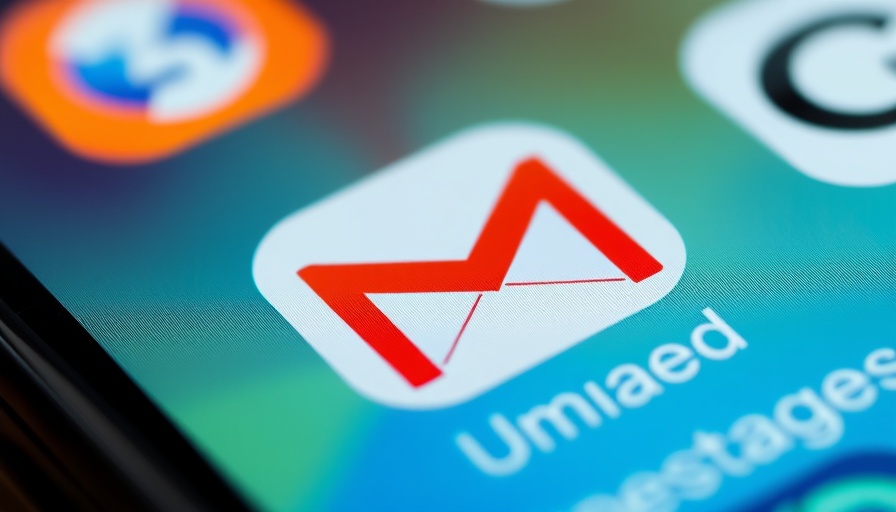
Simplified Unsubscribe: A Game Changer for Gmail Users
Google has rolled out a groundbreaking feature for Gmail users designed to help users manage their email subscriptions effortlessly. With its new "Manage subscriptions" tool, users can now view all of their subscription emails in one convenient location, making it easier to unsubscribe from unwanted communications. Chris Doan, director of Gmail, emphasized the importance of decluttering inboxes, stating, "Daily deal alerts that are basically spam, weekly newsletters from blogs you no longer read, promotional emails from retailers you haven’t shopped in years can quickly pile up." This move comes as a response to the increasing frustrations consumers face due to the overwhelming nature of their inboxes.
Empowering Users Amid Clutter
The importance of this new feature is underscored by the growing trend among consumers for greater control over the emails they receive. Omar Merlo, an associate professor of marketing strategy at Imperial College London, noted that this shift reflects consumers' desire for meaningful and valuable interactions with brands. As he explains, "If email doesn’t meet that standard, people now have a faster and easier way to walk away." This feature ensures that businesses must now be more strategic in their email marketing efforts, as audiences are increasingly selective about what lands in their inbox.
The Evolution of Email Marketing
As the digital landscape continues to evolve, so too must marketing strategies. Tejas Manohar, co-founder of Hightouch, points out the necessity for brands to transition from traditional marketing channels to more personal, human-centric communications. He states, "Marketing that actually adds value to the consumer’s life versus just sort of, ‘Hey, here’s my product, here’s my product,’ that is what resonates." This sentiment is crucial as businesses navigate the marketing waters today—where irrelevant communications can lead to customer attrition.
Current Challenges in Subscription Management
The introduction of Google's unsubscribe feature comes at a time when managing subscriptions is becoming increasingly difficult for consumers. Just recently, a federal court blocked a rule intended to simplify the cancellation process for subscription services—designed to make it as easy to quit as it is to sign up. The FTC had intended for customers to find it easier to cancel unwanted services, but this ruling raises questions about how effectively consumers can manage their digital lives.
What This Means for Business Owners
For business owners generating between $2M to $10M+ in revenue, this trend presents both challenges and opportunities. Engaging with your audience is becoming more intricate as user control over subscriptions increases. Businesses must leverage eye-catching content and authentic interactions to capture the attention of potential customers. Understanding and adapting to trends like these will ultimately lead to sustained growth in the operational infrastructure of your company.
Final Thoughts: Embrace the Change
The landscape of marketing as we know it is shifting. As Google introduces features like the simplified unsubscribe tool, businesses must adapt their practices to meet the simple desires of modern consumers. Email marketing is far from dead; it simply requires a thoughtful, user-oriented approach. It’s time for businesses to innovate their strategies, ensuring they resonate authentically with their audience.
 Add Row
Add Row  Add
Add 



Write A Comment